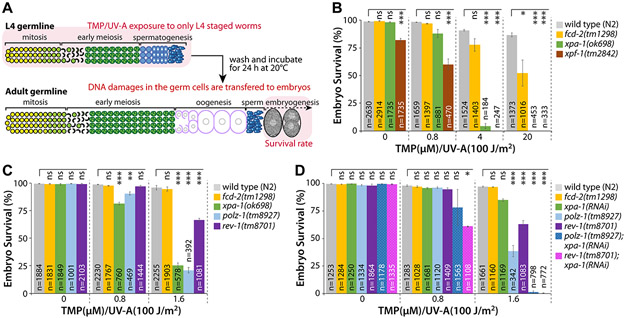Figure 2. XPA-1, POLZ-1, and REV-1 are required for ICL repair.
(A) Schematic of ICL experiment. TMP/UV-A exposed to only L4 staged whole worms. DNA damages in the germ cells were determined by scoring the survival rate of fertilized embryos. See “Materials and Methods” for details. (B and C) xpa-1(ok698), polz-1(tm8927), or rev-1(tm8701) single mutants are more sensitive to ICLs than fcd-2(tm1298) mutants. L4 staged worms were treated with TMP/UV-A, and their F1 embryos were collected between 24 and 48 h post treatment. Latched embryos were counted 24 h later. (D) Double deficiencies of polz-1(tm8927) or rev-1(tm8701) together with xpa-1(ok698) significantly increase sensitivity to ICLs. Wild type (N2), polz-1(tm8927), and rev-1(tm8701) mutants were fed E. coli expressing double-stranded RNA for xpa-1 from the L1 stage. L4 staged worms were treated with TMP/UV-A and their F1 embryos’ survival was scored. P values: *, P<0.05; **, P<0.01; ***, P<0.001; ns, no statistical significance. See Table S2 for One-way ANOVA analysis.

